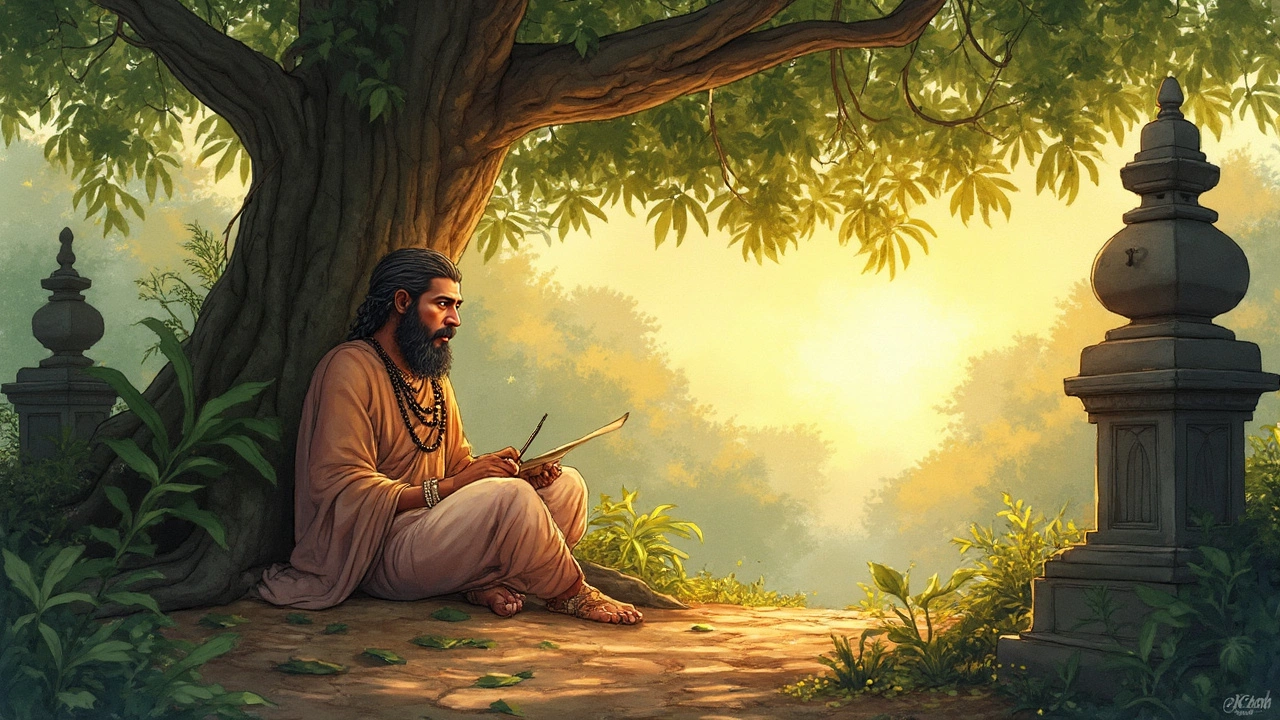Indian Poetry History: A Quick Journey Through Time
Indian poetry isn’t just a subject you read in school – it’s a living record of how people felt, thought, and celebrated across centuries. From the rhythmic chants of the Vedas to the street‑style verses you see on social media today, each era adds its own flavor. Let’s walk through the biggest milestones so you can see how the past shapes what we read now.
Ancient Roots and Classical Era
The earliest poems come from the Vedic period (around 1500‑500 BC). These were sung by priests and passed down orally, covering everything from creation myths to daily rituals. The language was Sanskrit, and the style was more about repetition and meter than personal feelings.
When the Upanishads and epics like the Mahabharata and Ramayana appeared, poetry turned into storytelling. Heroes, gods, and moral dilemmas filled the verses, and the famous poet‑king Kalidasa gave us works like "Meghaduta" that still feel fresh. In the medieval period, regional languages like Tamil, Telugu, and Bengali rose, bringing in devotional poetry such as the Bhakti verses of Kabir and Mirabai.
Modern Shifts and Today’s Trend
The British era sparked a new wave of English‑language poets. Figures like Rabindranath Tagore, who won the Nobel Prize in 1913, blended Indian themes with Western forms. Tagore’s poems on nature and humanity still get quoted in classrooms across the country.
Post‑independence, Indian poetry exploded in diversity. In Hindi, poets like Harivansh Rai Bachchan and Mahadevi Verma explored personal freedom and social change. In the South, modernists like Kazi Nazrul Islam in Bengali pushed against tradition with bold language. Today, digital platforms let anyone share a ghazal, rap, or spoken‑word piece in minutes.
What ties all these phases together is the same love for rhythm, emotion, and storytelling. Whether you’re reading a 2,000‑year‑old hymn or a TikTok poem, the core aim is the same: to connect people across time.
If you want to dive deeper, try reading a mix of ages. Start with Kalidasa’s short verses, then jump to Tagore’s poems, and finish with a modern Hindi rap lyric. You’ll feel the evolution in the way words are chosen, the subjects tackled, and the emotions expressed.
Remember, Indian poetry history isn’t a static timeline – it’s an ongoing conversation. Each new poet adds a line, and the story keeps growing. Keep an ear out for the next voice; it might be the one that defines the next chapter for you.
- Arjun Bhardwaj
- 30-06-25
- Indian Literature
Oldest Poet in India: Discovering Ancient Indian Poets and Their Legacy
Explore who is the oldest poet in India, uncover stories from early Indian literature, and learn about legendary poets and their impact on poetry.
Details